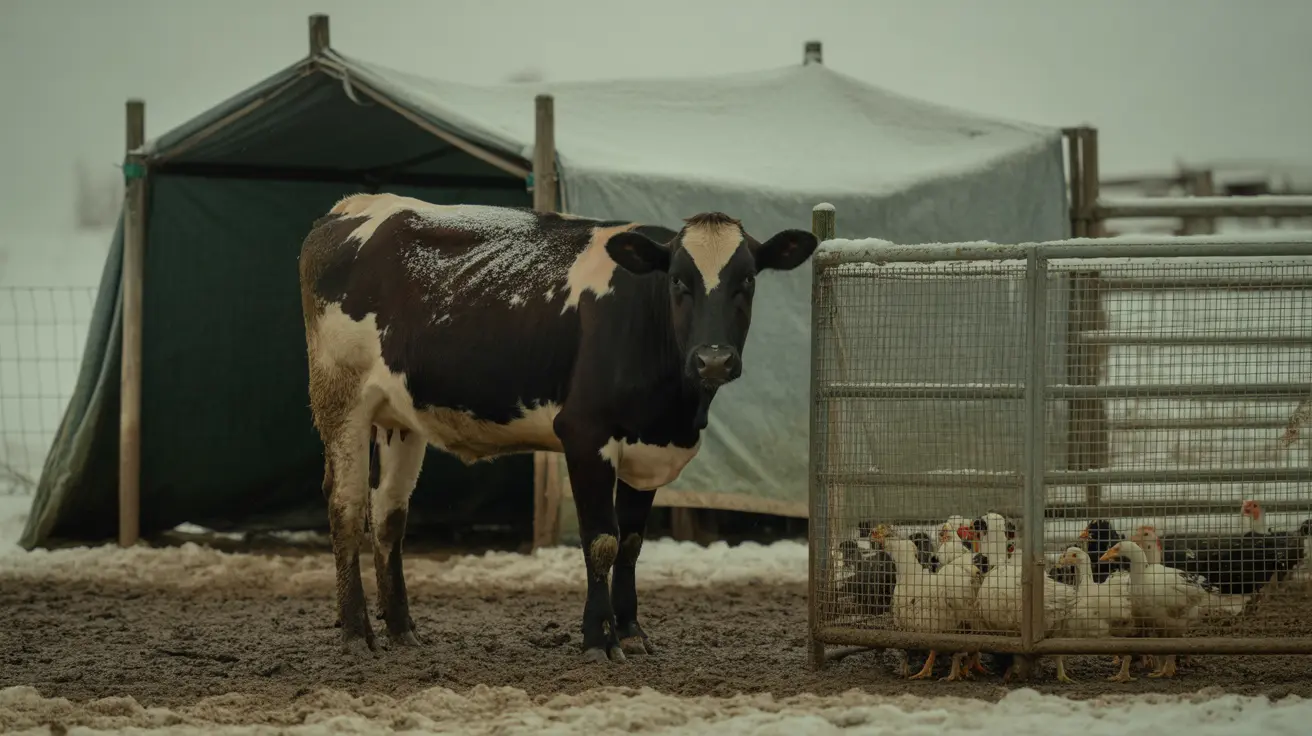The Most Toxic Thing a Cat Can Eat: Lilies and Other Deadly Foods
Cats are naturally curious creatures, known for exploring their surroundings with stealth and determination. Unfortunately, this behavior can sometimes lead them to ingest substances that are toxic or even deadly. As a pet owner, it's critical to understand the dangers that lurk in everyday items, especially when it comes to your cat's diet.
Lilies: The Most Toxic Threat
Among all toxic substances, lily plants top the list as the most dangerous item a cat can ingest. This includes common varieties such as:
- Easter Lily
- Tiger Lily
- Day Lily
- Asiatic Lily
- Stargazer Lily
Even the smallest amount of a lily's leaf, flower, stem, or even pollen can cause acute kidney failure in cats. Within just a few hours of ingestion, initial symptoms may include vomiting, drooling, and lethargy. If left untreated, the cat may suffer irreversible kidney damage or death within 72 hours.
Symptoms of Lily Poisoning
- Vomiting and loss of appetite
- Lethargy and weakness
- Drooling and dehydration
- Increased or decreased urination
- Seizures (in severe cases)
Immediate Action Needed
If you suspect your cat has ingested any part of a lily plant—or even licked lily pollen from its fur—seek veterinary attention immediately. Prompt treatment involving activated charcoal, IV fluids, and hospitalization can sometimes save a cat’s life.
Other Highly Toxic Foods for Cats
While lilies are the most lethal, several other foods pose serious health risks to your feline companion. Here are some common human edibles that are highly toxic to cats:
- Onions and Garlic: Damage red blood cells, causing anemia.
- Chocolate: Contains theobromine, affecting the heart and nervous system.
- Alcohol: Even small amounts can lead to severe liver and brain damage.
- Grapes and Raisins: Can cause kidney failure.
- Xylitol: Found in sugar-free products, causes insulin release and liver failure.
- Caffeine: Overstimulates the nervous system and heart.
- Raw Dough: Expands in the stomach, causing bloat and alcohol poisoning from fermentation.
Non-Food Items That Are Toxic
In addition to food items, other commonly encountered substances can be fatal for cats:
- Essential Oils: Especially tea tree, peppermint, and eucalyptus oils.
- Household Cleaners: Bleach and phenol-based substances.
- Rodenticides and Insecticides: Extremely harmful even in trace amounts.
- Antifreeze (Ethylene Glycol): Has a sweet taste and causes rapid kidney failure.
How to Keep Your Cat Safe
- Identify and remove toxic plants from your home and garden, especially lilies.
- Read labels: Avoid placing any cleaning products, food items, or essential oils within reach of your cat.
- Educate all household members on the dangers of feeding table scraps or letting the cat nibble on houseplants.
- Have emergency numbers ready: Know your local vet's emergency protocol.
Conclusion
The most toxic thing a cat can eat is the lily plant—specifically because of how fast and severely it affects a cat's kidneys. However, other seemingly harmless items can also be perilous. A well-informed and vigilant cat parent is the first line of defense against these dangers. Always monitor your pet's environment and consult your veterinarian immediately if you suspect any ingestion of toxic substances.





